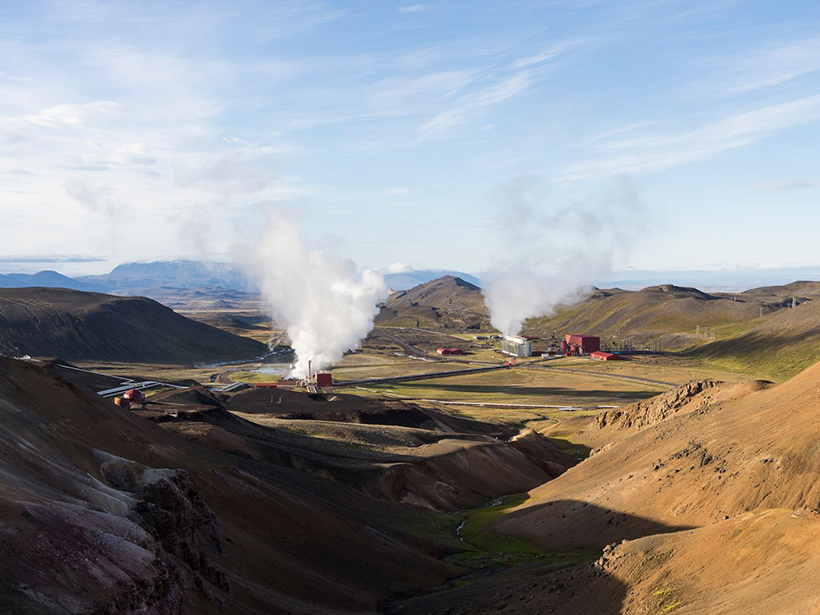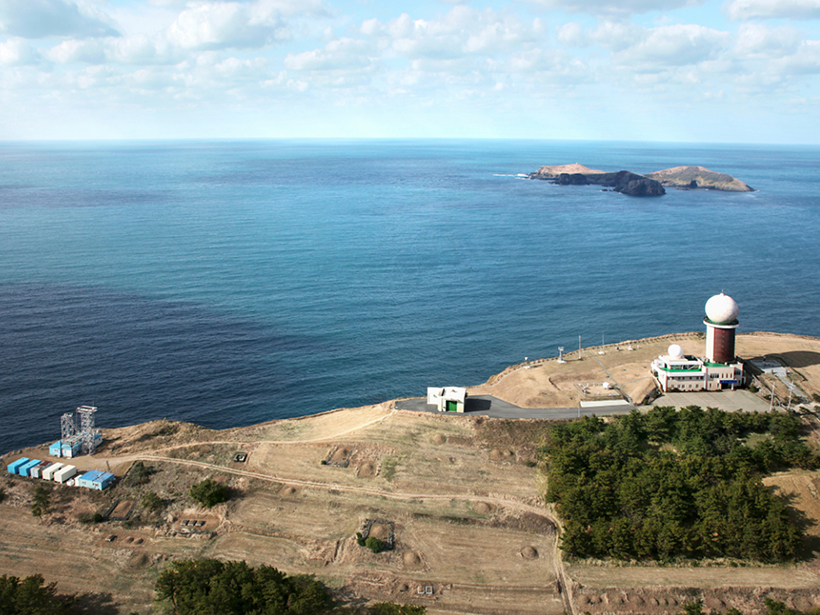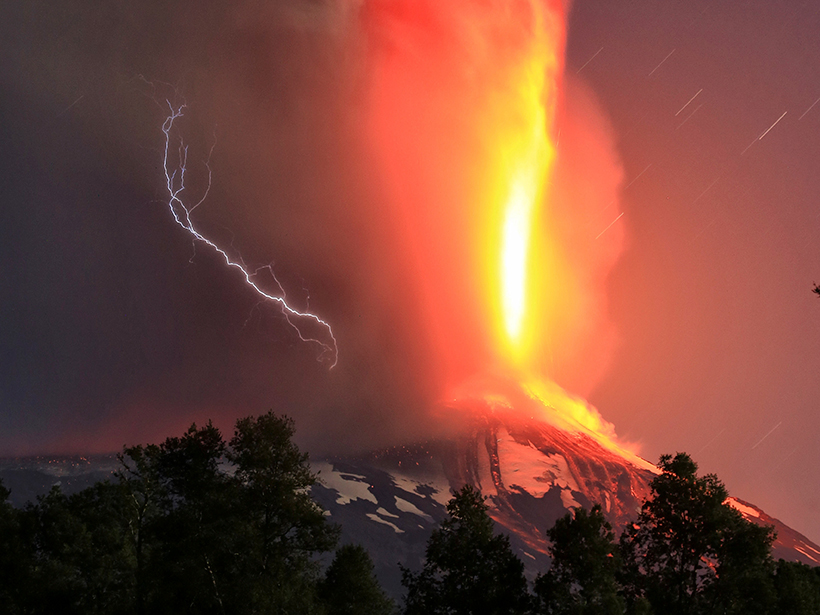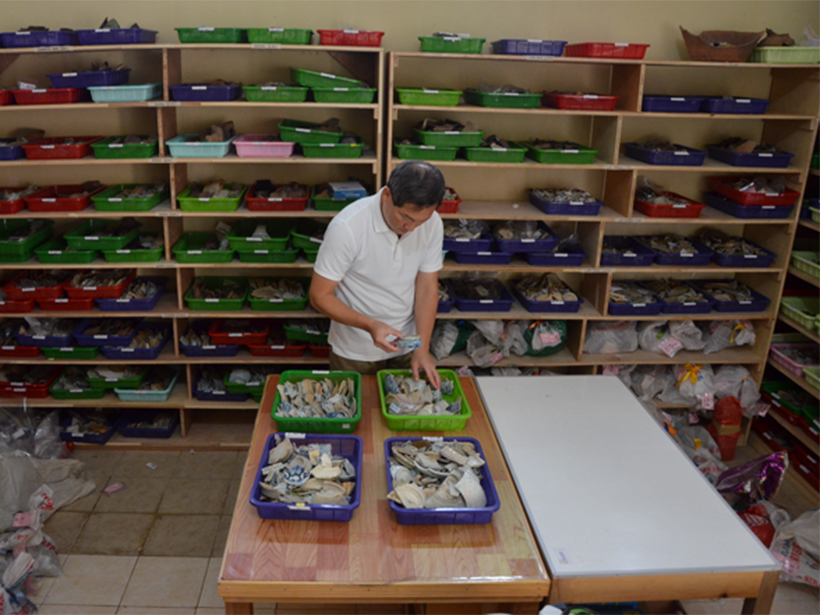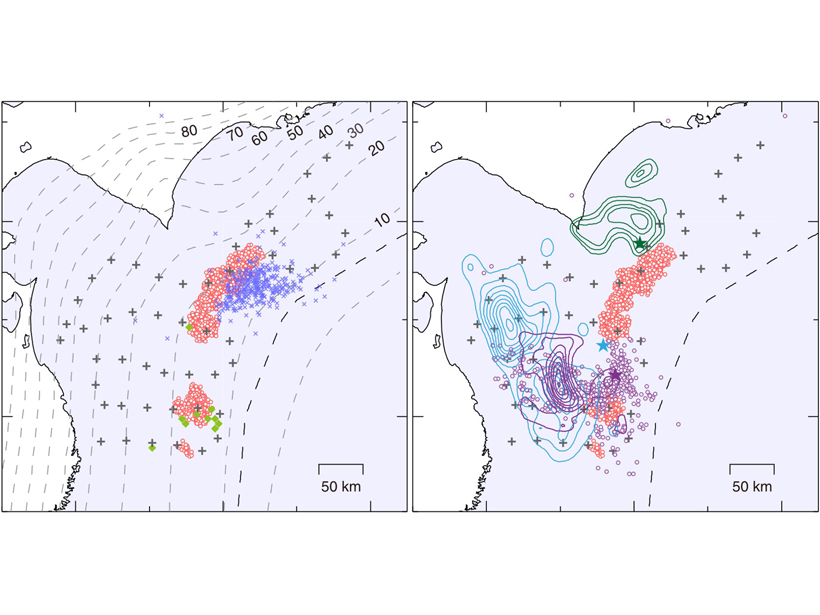A planned project will drill into a magma reservoir in Iceland that has never erupted to the surface, giving scientists a fresh look at Earth’s underground “plumbing.”
Hazards & Disasters
Podcast: Night of the Killer Smog
In the latest episode of its Centennial series, AGU’s Third Pod from the Sun tells the story of two air quality disasters that served as catalysts for clean air regulations in the mid-20th century.
Cascading Down the Mountain
Earthquakes in mountain ranges produce a cascade of geological disturbances and hazards, from enormous landslides to climate change.
Microbes Spotted in “Polyextreme” Hot Springs
Hot springs that are as acidic as battery acid are home to single-celled microorganisms that may indicate that life could have been sustained on ancient Mars.
Planetary Low Tide May Force Regular Sunspot Sync Ups
A regular alignment of the planets—no, it’s not pseudoscience—makes a strong enough tug to regulate the Sun’s 11- and 22-year cycles.
Banned CFC Emissions Tracked to Eastern China
A new study indicates that better atmospheric monitoring networks are needed to enforce the Montreal Protocol.
Monitoring Volcanic Craters with Infrasound “Music”
Volcanic craters act as giant horns that emit intense low-frequency sounds. Changes in this infrasound may be used to track rising lava lakes and identify signals of future eruptions.
Ceramics Trace a 14th Century Indonesian Tsunami
Archaeological evidence suggests that communities on the northern coast of Sumatra devastated by a tsunami roughly 600 years ago opted to rebuild in the same area, a process repeated in 2004.
Shallow Low Frequency Tremors in Japan Trench
A new seafloor seismic network detected low-frequency tremor on the subduction zone interface offshore northern Japan, indicating regions of slow slip in close proximity to shallow megathrust events.
Building a One-Stop Shop for Soil Moisture Information
With a recent infusion of support from the federal government, the National Soil Moisture Network is moving ahead with its goal of integrating soil moisture data across the United States.

